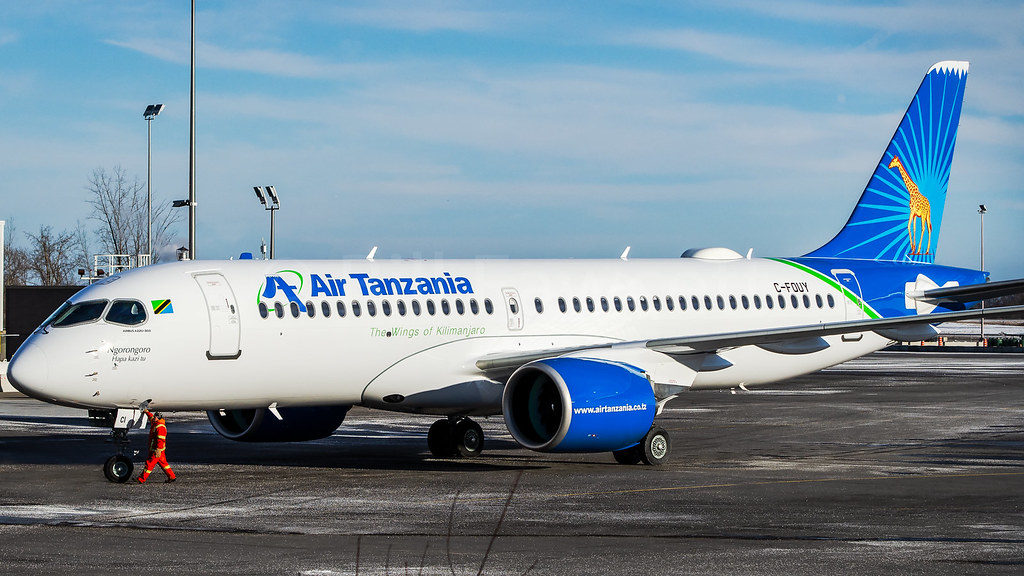Air Tanzania has secured three landing slot pairs for London’s Gatwick Airport, heralding in the news that they will soon be serving London – Kilimanjaro direct!
As revealed by African Business Communities, Air Tanzania has made moves to serve London directly from their hub at Dar es Salaam (DAR) via Kilimanjaro to Gatwick (LGW), every Wednesday, Friday and Sunday.
The route will be operated by the airline’s Boeing 787 Dreamliner (one of two that has been delivered). This will also be the airline’s first route into Europe, a bold move from the normally exclusively domestic carrier.
Whilst it might seem a little odd that the aircraft is flying via Kilimanjaro and not directly between the two capitals (which the Boeing 787 Dreamliner can certainly do with its range of 7,355 nmi or 13,620 km), the mountain is incredibly popular for climbers (being the tallest in Africa) and is also relatively simple to hike with minimal gear. Having a direct route from London is an absolute deal-maker for some travellers.
“The 787 Dreamliner will be the flagship aircraft as we renew and grow the Air Tanzania fleet. We aim to establish our long-haul capability by starting flights to Europe, Asia and the U.S.A over the coming years and the 787 is the perfect aircraft to achieve this ambition. Our hub airport at Dar es Salaam is well located to provide connections onwards across east Africa, capitalizing on the growing demand for tourism in Tanzania and throughout the region from intercontinental markets.” – Air Tanzania Statement
However, just because the airline has the slots it doesn’t mean it can start flying right away.
The problem was hinted to above: Air Tanzania has so far been an almost exclusive all-domestic carrier and thus has not got the rights yet to fly in either European or British airspace. They currently serve other African nations and will fly their A220 fleet across the Indian ocean.
Specifically, they need to secure European Union safety standards certification which, should Britain leave the EU later this year, will require two signatory bodies to approve instead of one. This is a double headache for the airline, who only fixed it’s membership with IATA recently by paying back owed membership fees.
But as luck would have it, the airline is well on the way to earn these specifications. It has completed the IATA Operational Safety Audit (IOSA) which goes without saying is a mandatory requirement for any airline wishing to fly internationally.
By Nicholas Cummins-Simple Flying








